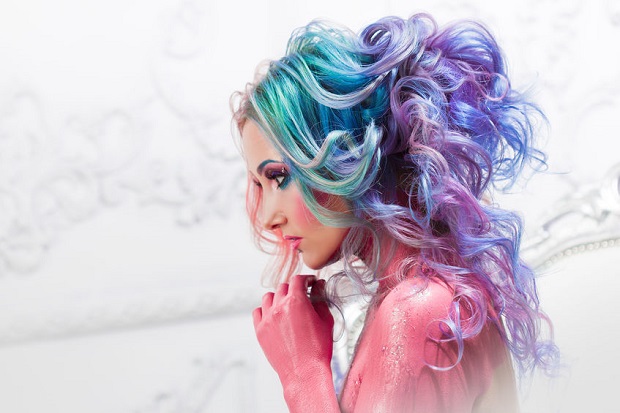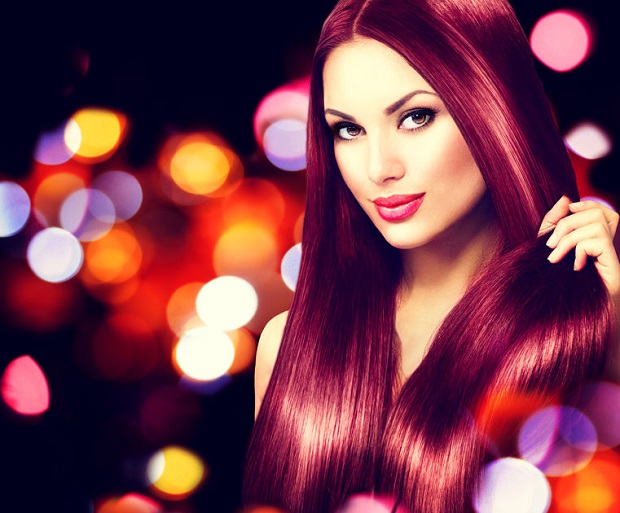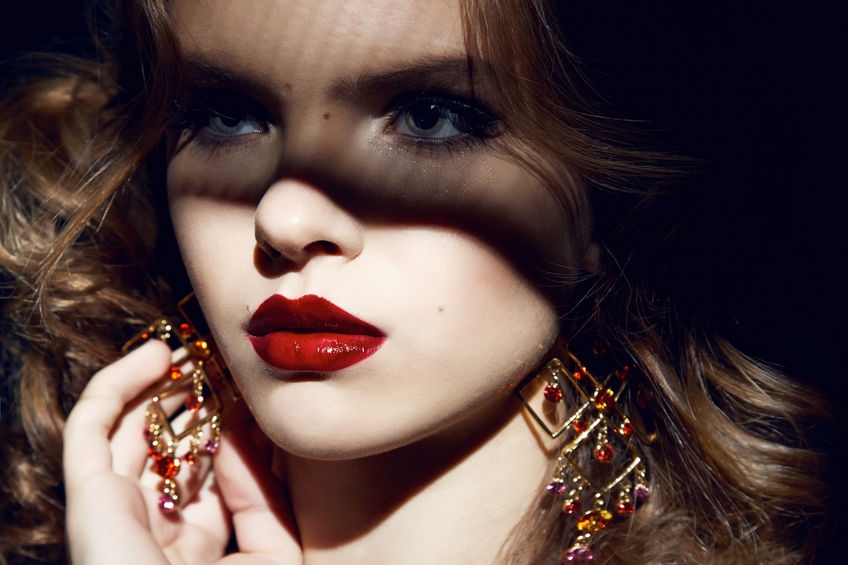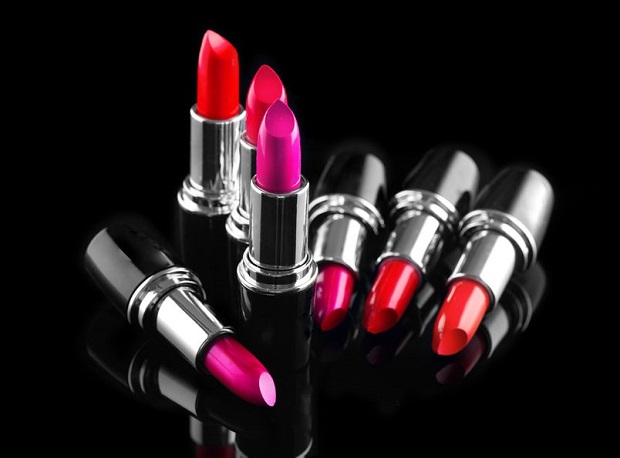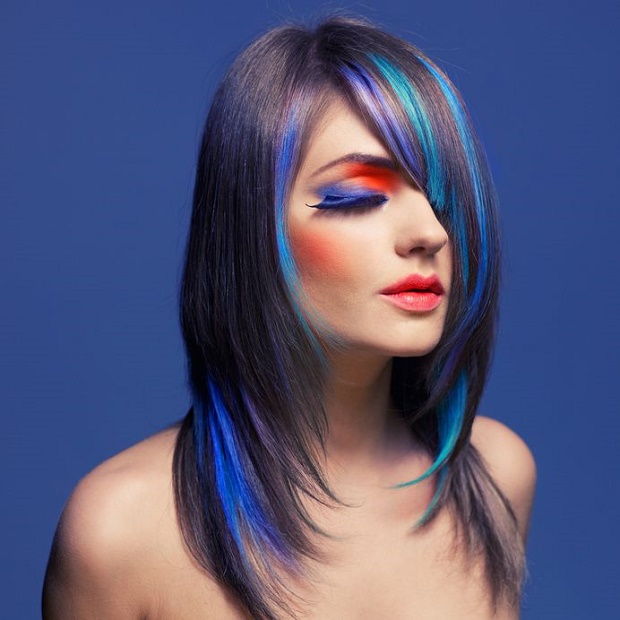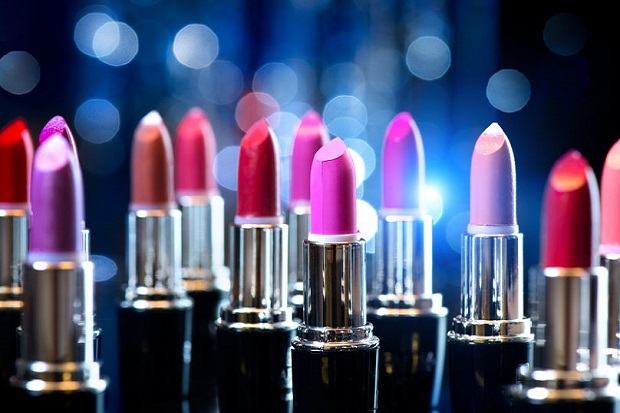
The use of lipsticks can be traced back to many ancient civilizations like the Sumerians, Egyptians, Syrians, Babylonians, Persians, and Greeks. Even Elizabeth I and the ladies of her court colored their lips with red mercuric sulfide. Through the years, the makers of lipsticks have attempted to change the ingredients and improve the look, quality, feel, and appearance; but the main substances and procedures have always remained the same.
The Ingredients of Lipstick
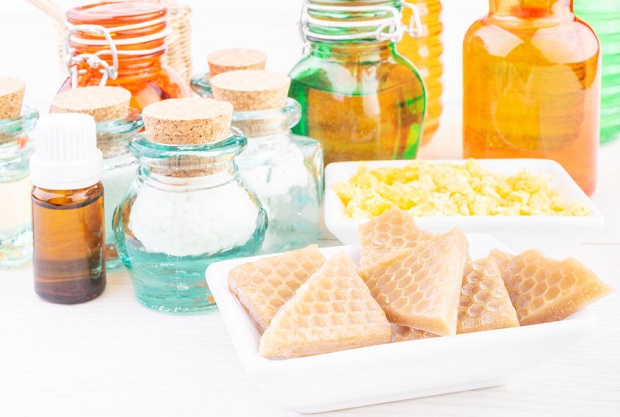
Most lipsticks contain pigments, wax, oil, alcohol, and preservatives or antioxidants. Each of these ingredients plays a specific role in the quality and function of the lipstick. Companies use a variety of combinations of these ingredients to make their unique product.
Wax is essential in the production of lipstick as it is responsible for maintaining the shape of the lipstick. Several types of wax are commonly used in lipstick production, including beeswax, candelilla wax, or carnauba wax. The latter has the highest melting point of any wax at 185 degrees Fahrenheit, which makes it useful in preventing lipstick from melting in the sun.
Oils like mineral, caster, lanolin, or vegetable are added to lipstick for moisture. This moisture allows the lipstick to glide on smoothly and add softness to the lips. The amount of oil added will determine the glossiness of the lipstick. Chemically speaking, oils act as a solvent for the pigment.
Pigments and dyes are added to create a color.
Antioxidants and preservatives are added to help prevent the lipstick from spoiling or becoming rancid.
Fragrances are sometimes added to combat the taste and smell of the ingredients.
Lipstick Manufacturing Process
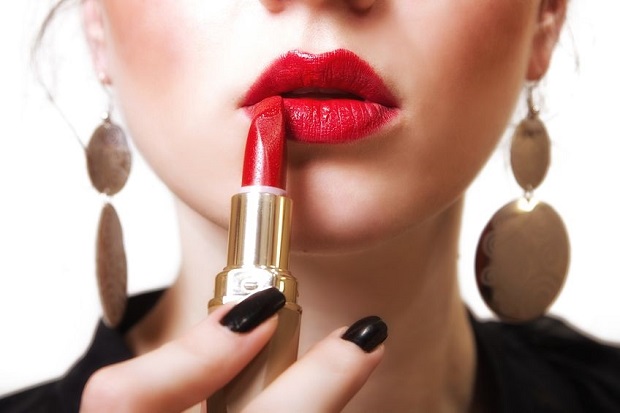
The first step to creating lipstick is to melt down the ingredients. The ingredients are melted separately by solvents, oils, and waxes. Then, the pigments are chosen and mixed to create a specific color. Next, the pigments with the oils and solvents are mixed and put through a three-roll mill to remove any graininess. This rolled-out pigment mixture is then mixed with the melted wax until the desired color and viscosity are achieved.
Now that the lipstick has been created, it is held at the melting temperature and ready to be poured into the tube. The lipstick is then cooled and separated from the mold tip, and the tube is sealed. Next, the lipstick is flamed to improve the finish or eliminate any blemishes that the lipstick may have encountered somewhere through the process. Flaming can also protect the lipstick from outside air, moisture, and heat that could potentially cause spoiling.
After the flaming, the lipstick is labeled and then packaged depending on the requirements of the brand owner.
Resources
Encyclopedia.com – “Lipstick“
Compound Interest – “Cosmetic Chemistry – The Compounds in Red Lipstick.“
Encyclopedia Britannica Online – “Carnauba Wax.”
